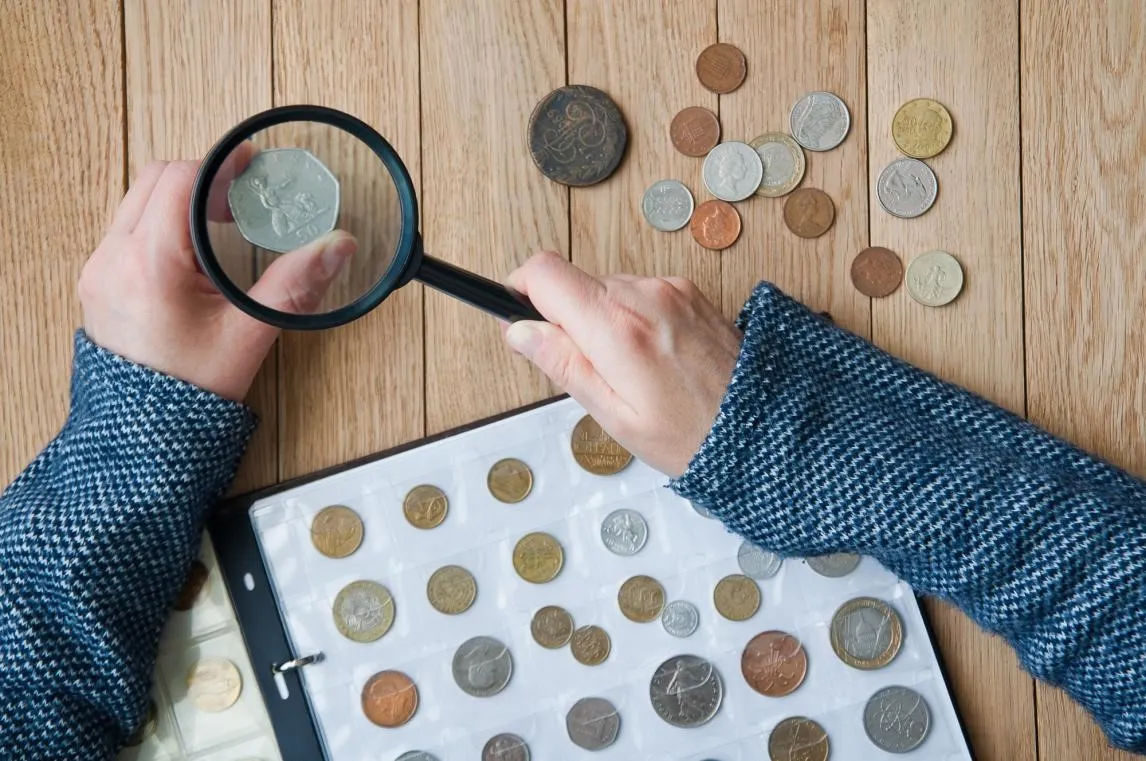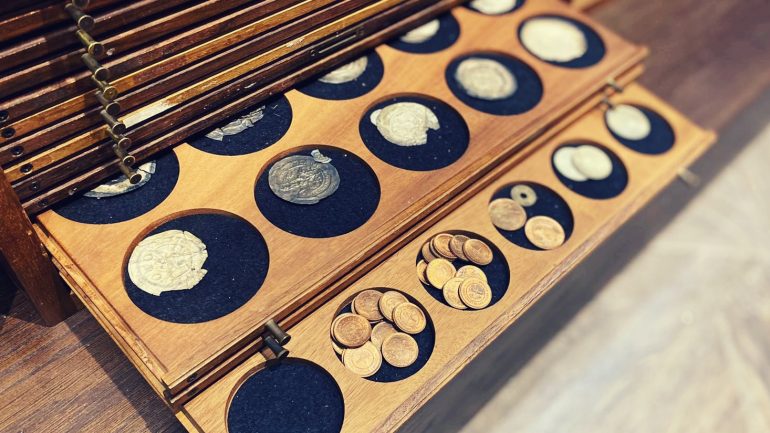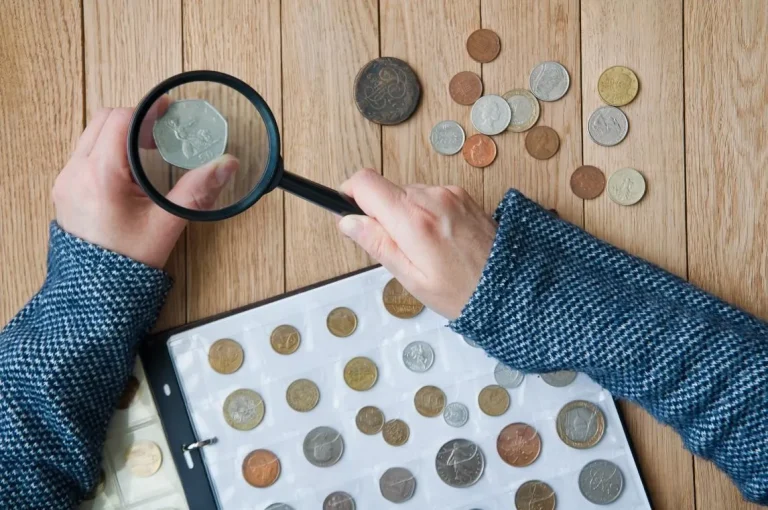Starting a coin collection can be an exciting hobby. Each coin in your collection is a piece of history, a small artifact that tells a story of economics, politics, and human endeavors across time and space.
As your Palau coin collection grows, so does the need to organize and catalog your coins effectively. Not only does this make your collection more manageable, but it also adds to the pleasure of collecting by allowing you to appreciate what you have and identify what you’re missing.
Here’s a guide on how to catalog your coin collection, ensuring you keep track of every dime, literally and figuratively!
The Importance of a Well-Organized Coin Collection
Before diving into the specifics of cataloging, let’s explore why organization is crucial. A well-organized coin collection allows you to:
- Quickly locate specific coins when you need to show them to fellow collectors, sell them, or compare them with potential new additions.
- Keep track of the condition and value of each coin, which is vital for insurance purposes or future sales.
- Enjoy your collection to the fullest, as you can easily access and display coins without the frustration of searching through unsorted piles.
With these benefits in mind, let’s discuss how you can start cataloging your collection.

Step 1 ─ Sorting Your Coins
The first step in cataloging your collection is sorting your coins. You can sort them by country, year of issuance, denomination, or themes like historical events or leaders. This initial sorting does not have to be perfect but should create general groups that make the subsequent steps more manageable.
Step 2 ─ Research Each Coin
Research is a core component of coin collecting. Each coin in your collection has a history and specifics that affect its value and interest. Research might include the year of minting, the mint mark, the total number of coins minted that year, and any historical significance.
Additionally, understanding the condition grade of each coin, from circulated to uncirculated, is crucial. This grading can influence both the monetary and sentimental value of the coins.
Step 3 ─ Choose a Cataloging System
Deciding on a system to catalog your coins is your next task. While digital databases and software are available for this purpose, you can also use a simple spreadsheet or even a handwritten ledger if you prefer a more tactile approach. Your catalog should include columns or fields for:
- Coin denomination and country of origin
- Year of minting
- Mint mark
- Condition grade
- Purchase price and current estimated value
- Additional notes (such as historical significance)
This catalog becomes the backbone of your collection, a reference you can return to again and again as you add new coins.

Step 4 ─ Photograph Your Coins
Photographing your coins is an excellent method for record-keeping and insurance purposes. It also helps you share your collection with others online. When photographing, ensure you capture high-quality images in good lighting to highlight the details and condition of each coin.
Each photo should then be named or numbered in a way that corresponds to the information in your catalog, creating a seamless link between the physical coin and its documented counterpart.
Step 5 ─ Regular Updates and Maintenance
Your coin catalog is not a static document; it’s a dynamic part of your collecting process. As you acquire new coins, sell or trade parts of your collection, or learn new information about your pieces, updating your catalog should be a regular activity.
Set aside time every few months to add new acquisitions, adjust the conditions or values of coins, and refine the organization as necessary.

